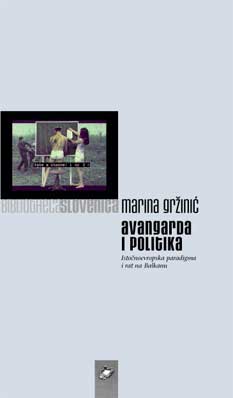
Avangarda i politika
One always searches for some symbolic point from which one can claim that something ended and something else began, even though there are no beginnings and no endings.
More...We kindly inform you that, as long as the subject affiliation of our 300.000+ articles is in progress, you might get unsufficient or no results on your third level or second level search. In this case, please broaden your search criteria.

One always searches for some symbolic point from which one can claim that something ended and something else began, even though there are no beginnings and no endings.
More...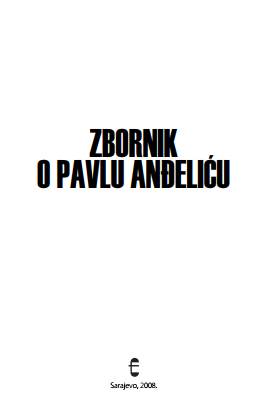
U organizaciji Franjevačke teologije u Sarajevu održan je 14. i 15. listopada 2005. godine Međunarodni znanstveni skup posvećen uglednom arheologu i povjesničaru dr. Pavlu Anđeliću (1920-1985). Gotovo cijeli svoj radni vijek Anđelić je posvetio istraživanju bosanskoga srednjovjekovlja. Prvotno je studirao pravo, a po završetku studija radio kao kotarski sudac u zavičajnom Konjicu. Već za vrijeme sudačke službe počeo se zanimati za povijesno-kulturno nasljeđe. Po prelasku u Sarajevo (1956), ubrzo je, kao uposlenik Zemaljskoga muzeja, upisao studij povijesti i sasvim se okrenuo proučavanju prošlosti Bosne i Hercegovine. Bavio se pitanjima arheologije od prethistorije do srednjega vijeka. U svojim se istraživanjima s posebnim interesom okrenuo srednjovjekovnim gradovima bosanskih vladara, te pitanjima arheološko-historijske topografije, sfragistike, heraldike, epigrafike i diplomatike. Sam je vodio iskopavanja na više arheoloških lokaliteta: grad Bobovac, vladarski dvori u Kraljevoj Sutjesci, crkva Sv. Marije u Jajcu, grad Blagaj kod Mostara, krunidbena i grobna crkva u Milima (Arnautovićima) kod Visokog. Zapaženi doprinosi rasvjetljavanju povijesti bosanskoga srednjovjekovlja, akribija u znanstvenom radu, utemeljenost i visoka pouzdanost rezultata istraživačkoga rada Pavla Anđelića, razlozi su koji su nas potaknuli da znanstvenim skupom obilježimo dvije njegove obljetnice: osamdeset pet godina od rođenja i dvadeset godina od smrti. Pritom smo se vodili i činjenicom da je on, kao franjevački đak, osam godina pohađao Franjevačku klasičnu gimnaziju u Visokom gdje je stekao klasičnu izobrazbu. Skup je inicirao Dubravko Lovrenović s ciljem da se njime oda ne samo počast uglednom znanstveniku, nego također svrati i pozornost na njegove znanstvene doprinose na polju arheologije i historiografije Bosne i Hercegovine. U Zborniku je sabrano i objavljeno ukupno devetnaest referata. Jedan dio njih bavi se Anđelićevim doprinosima na polju arheoloških istraživanja, a drugi dio zahvaća tematiku koja prostorno i vremenski ulazi u okvir njegova istraživačkoga područja.
More...
Neben Populär- und Fachliteratur, Rundfunk, Film, Fernsehen, Theater und moderner elektronischer Medien stellen die Museen eine der Methoden und Mittel für die Vermittlung des historischen Wissens dar. Im Unterschied zu anderen Medien beinhalten die Museen dreidimensionale Objekte als ihren wesentlichen Bestandteil und ihre Eigenheit. Daraus ergeben sich mediale Vorteile, aber auch manche Schwierigkeiten, die allesamt in dem mittlerweile weit entwickelten Fach Museologie kontrovers diskutiert werden. Die Museen sind ein Phänomen der abendländischen Kulturgeschichte. Ihre Ursprünge liegen in der Beschäftigung der Humanisten mit der Antike und später in den Schatz- und Kuriositätenkammern der europäischen Adligen und Herrscher. Während der Aufklärung im 18. Jahrhundert und insbesondere im Laufe des 19. Jahrhunderts, als die Idee der Bildung stark an Bedeutung gewann, wurden die Museen immer mehr zu Bildungsanstalten. Aus dieser Zeit stammt auch die Idee des Franziskaners Ivan Franjo Jukić von der Gründung eines bosnischen Museums, die erst im Jahr 1888 mit der Errichtung des Landesmuseums in Sarajevo verwirklicht werden konnte. Jukićs Vorhaben war allerdings mehr von nationalen und patriotischen als von bildungsaufklärerischen Motiven geleitet. Seine Vorstellung vom Museum entsprach mehr der eines “Tempels” der (nationalen) Musen als der einer Lehrstätte. Die Dichotomie “Tempel” oder „Lernort“ kennzeichnet die Diskussion um Sinn und Zweck der Museen bis heute. Die jeweiligen Positionen werden am deutlichsten an dem Streitpunkt sichtbar, wie museale Gegenstände in Dauer-, Wechsel- oder Spezialaustellungen präsentiert werden sollen. Damit im Zusammenhang steht auch die Frage, was als “museal” und damit sammlungs- und erhaltungswürdig gilt. Als Attribute der musealen Gegenstände werden im allgemeinen Alter, Seltenheit bzw. Originalität und materieller/ideeller Wert bzw. Kostbarkeit angesehen. Jedoch sind all diese Merkmale relativ und unterliegen den museumstheoretischen- und ideologischen Wandlungen, wie das am Beispiel des Attributs Originalität zu zeigen versucht wird. Die Auffassung der Museen als “Tempel” legt Wert auf “Originalität” der Exponate. Wenn diese jedoch als “Lernorte” verstanden werden, tolerieren, ja postulieren sie die Einsetzung von Kopien, Repliken, Duplikaten, Rekonstruktionen und Inszenierungen. In diesem Fall wird die Didaktik besonders groß geschrieben; was dieses Problemfeld betrifft, so stehen den statischen musealen Darstellungen des 19. Jahrhunderts die dynamischen Präsentationen des 20. und 21. Jahrhunderts gegenüber. Die Museumsdidaktik ist mittlerweile als eine selbständige Disziplin etabliert und ist aus der Museumsarbeit nicht mehr wegzudenken. Ob Originale oder Kopien, ob statische Ausstellungen oder dynamische Inszenierungen – in all diesen Fällen werden in Museen Gegenstände gezeigt, die aus ihrem ursprünglichen Kontext herausgerissen wurden. Dadurch verlieren sie manches von ihrer “Aura” (Walter Benjamin), werden aber gleichzeitig durch entsprechende Darbietung zu symbolhaften Objekten und “Semiophoren” (Krzysztof Pomian), d. h. Zeichenträgern. Der Beitrag berücksichtigt in erster Linie die deutschsprachige Literatur über Museologie und stützt sich zum großen Teil auf die Museumspraxis des Autors in deutschen Museumseinrichtungen. Besonderes Augenmerk wird dabei den kleinen Museen und lokalen oder regionalen Museumssammlungen gewidmet, denn in der Vermittlung historischen Wissens spielen gerade diese eine besondere Rolle. Zum Schluß werden einige Überlegungen angestellt, wie das Ahdname als zentrales historisches Dokument des Franziskanerordens in Bosnien und des bosnischen Katholizismus museal präsentiert werden könnte.
More...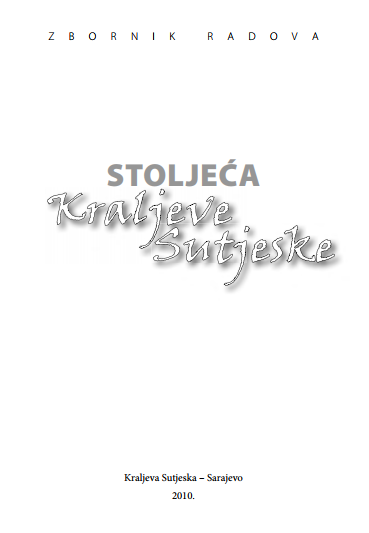
U Kraljevoj Sutjesci, stolnom mjestu bosanskih kraljeva i višestoljetnom staništu franjevaca, priređen je 17. i 18. listopada 2008. godine znanstveni skup “Stoljeća Kraljeve Sutjeske”. Vanjski povod bila je stota obljetnica izgradnje samostanske i župne crkve po projektu arhitekta Josipa Vancaša (1908). Ta se okolnost pokazala pogodnom prilikom za inventuru višestoljetne povijesti katolika i franjevaca sutješkoga kraja, počevši od vremena bosanske samostalnosti, preko višestoljetne vladavine Osmanlija, austro-ugarskog razdoblja – sve do najnovijeg vremena. Franjevci su u Kraljevoj Sutjesci trajno prisutni već sedam stoljeća. Djelovali su kao duhovnici, pisci, propovjednici, kroničari / svjedoci svoga doba, prosvjetitelji, liječnici, politički zastupnici katolika… Mijenjali su se gospodari, nailazili i prolazili osvajači, rušitelji i pljačkaši – samostan je živio svoje uspone i padove, procvate duhovnog i kulturnog rada i sušna vremena pukog preživljavanja, ali je, svemu usprkos, opstao! Osnovan je u prvoj polovici 14. stoljeća, razoren 1524, izgorio 1658, iznova izgrađen 1664, neko vrijeme prisilno napušten koncem 17. stoljeća, obnovljen 1821, dograđen 1833, i konačno sagrađen sadašnji 1892. godine. O njegovoj sedamstoljetnoj povijesti svjedoče kronike i drugi zapisi, knjižnica i arhiv, predmeti i djela primijenjene i likovne umjetnosti i sl. Blok tema o srednjovjekovlju posvećen je vladarskim ispravama izdanim u Sutjesci i na Bobovcu, njihovim jezičnim osobitostima, proglašenju Bosne kraljevstvom, stećcima sačuvanim u sutješkom kraju, slici uskrslog Krista i kralja Stjepana Tomaša, te vezama Bosne i Dubrovnika. U stoljećima osmanske vladavine, Kraljeva Sutjeska više nije imala ono političko značenje kao u vrijeme bosanske državne samostalnosti. Prestala je biti kraljevsko rezidencijalno sjedište, ali je ostala duhovno središte katolika i jedna od najvažnijih pastoralnih i kulturnih destinacija bosanskih franjevaca, a danas mjesto gdje su se ponajbolje sačuvali tragovi njihove višestoljetne prisutnosti. Stoga je niz referata posvećen kulturnom djelovanju bosanskih franjevaca, prije svega pisanoj riječi: ljetopisu sutješkoga samostana, latinskom pjesništvu, spisateljskim djelima nastalim u Sutjesci, ali također i prosvjetnom i školskom radu franjevaca u puku, uvjetima življenja pod osmanskom vlašću, kao i demografskoj slici katolika Sutjeske i okolice. Uz spomenuto, tematizirana su pitanja Bosne kao političke kategorije, karaktera i dometa crkvenog graditeljstva, tradicijskog nakita Hrvata sutješkoga kraja, jezična praksa franjevaca, ratna vremena…
More...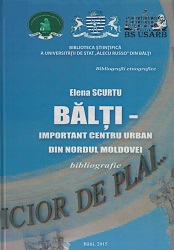
Bibliografia „Bălţi – important centru urban din Nordul Moldovei” propune cititorilor peste 3 500 documente despre evenimentele istorice desfăşurate pe teritoriul municipiului Bălţi, despre realizările în toate domeniile de activitate umană, începînd cu anii 90 ai sec. 20 pînă în 2015, perioadă marcată de importante transformări sociale, economice şi politice. Poate servi drept un suport documentar şi educativ de mare importanţă în cultivarea dragostei pentru pământul Moldovei. Dispune de indexuri de nume şi titluri.
More...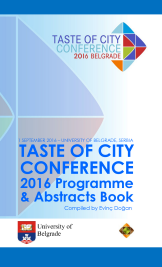
Taste of City Conference 2016; Place: University of Belgrade, Serbia; Date: 1st of September 2016
More...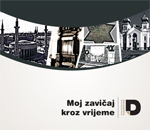
Ne jednom smo si postavili pitanje zašto bi mladi ljudi trebali imati odnos prema prošlosti!? Većinu vremena tijekom našeg obrazovanja, nemamo velik interes za povijest. Često ju smatramo dosadnom i nepotrebnom. Međutim, dođe vrijeme kada si počnemo postavljati važna pitanja o kojima odgovore tražimo upravo u osobnim rukopisima i stranicama ispisanima povijesnim podacima koje nam mogu pomoći razumjeti uzroke sukoba, ratova i stalnih kršenja ljudskih prava. Uzroke i načine ljudskog stradanja koje nas vode traženju puteva solidarnosti i pozitivne društvene akcije, pamćenja i sjećanja. Zašto bi mlade prošlost trebala zanimati i kako danas dovodimo u vezu prošla zbivanja i život mladih danas? Vjerojatno se nećete iznenaditi, no mladi ljudi imaju odnos prema prošlosti, oni ga stvaraju i on se u njima stvara svakodnevno. Kroz obiteljske priče, iskustva naših susjeda, nastavne sadržaje, medije... Ključno je pitanje kakav je to odnos. Stvaramo li odnos prihvaćanja svega što čujemo ili ipak u tom odnosu spram prošlih zbivanja ima prostora kritičkom razmišljanju, selekciji sadržaja, korištenju kvalitetnih izvora informacija? Kakvom vidimo ulogu osobnih iskustava, kakvu priču o ratu i miru ona pričaju? Jeste li znali da su mladi najčešće korišteni instrument totalitarnih režima 20. stoljeća? Jeste li znali da mladi uglavnom nemaju pristup objektivnim interpretacijama povijesnih zbivanja utemeljenih na činjenicama? Jeste li znali da su mladi ljudi danas aktivni pronositelji isključivih političkih ideja i govora mržnje? Što mislite zašto je tome tako? Kako mladi mogu postati nositelji pozitivnih promjena, poruka solidarnosti i kulture mira? U pogledu na prošlost važnim ističemo suočavanje s istom, s bolnim posljedicama sukoba i ratova, s mnogobrojnim stradanjima nedužnih – djece, mladih, žena, staraca, muškaraca... Ističemo važnost suočavanja s istom jer se pokazuje da se povijest ponavlja. Važno je učiti iz nje. I sami poznajete izreku – povijest je učiteljica života! Čemu nas ona uči? Razmislite o nekim aspektima vašeg života danas, utjecajima koji su vas formirali – stavovima i iskustvima vaših baka i djedova. Kakvu odgovornost mladi ljudi imaju oko toga? Složit ćete se da je naša odgovornost kao mladih pripadnika/ica društva u kojemu živimo upravo način kako ćemo živjeti i graditi naša društva, na vrijednosnim temeljima ravnopravnog i uvažavajućeg odnosa spram svih ljudskih bića i njihovih prava i sloboda. Uz tu odgovornost, važna je i ona kako ćemo pričati povijesne priče i govoriti o prošlim zbivanjima, kako ćemo prenositi iskustva naših predaka. Naposljetku, važan je i naš stav prema teškim posljedicama ratova i svh oblika društvene isključivosti i političkoga nasilja koji nas i danas u modernim društvima okružuju. Upravo zato odlučili smo se na promišljen i sustavan doprinos dijalogu o prošlosti i kulturi sjećanja na stradanja i otpor nasilju kroz obogaćivanje nastave povijesti i nastavnih materijala. Željeli smo da taj dijalog unese kvalitetnije poznavanje i razumijevanje povijesnih zbivanja kod mladih, ali i da ih potakne na aktivno istraživanje povijesti njihova zavičaja – mjesta stradanja, mjesta sjećanja, mjesta otpora... Ove smo godine istražili zavičaje Osijeka, Zagreba i Opatijsko-liburnijskog kraja. U suradnji sa III. Gimnazijom Osijek, zagrebačkom Gimnazijom Lucijana Vranjanina i opatijskom Gimnazijom Eugen Kumičić kao i Volonterskim centrom Osijek i Muzejom Slavonije, Centrom za mirovne studije i Udrugom antifašističkih boraca i antifašista Opatije i Liburnije, u kasnim ljetnim, jesenskim i ranim zimskim mjesecima učili smo, razgovarali i istraživali ‘Moj zavičaj kroz vrijeme’ - kako smo i nazvali zajednički projekt – u vrijeme Drugog svjetskog rata i poraća te naslijeđe antifašizma na ovim prostorima. U tijeku istraživanja, suradnju smo ostvarili i sa nizom drugih vjerskih i manjinskih organizacija, koje su s nama podjelile njihova iskustva ovih teških događaja. Željeli bismo da nam se više srednjih škola u Hrvatskoj pridruži u otkrivanju povijesti krajeva koja su obilježila teška stradanja u Drugom svjetskom ratu i poraća, ali i antifašističkog otpora za vrijeme i poslije rata koji je jednako tako ostavio duboke tragove u kulturi hrvatskoga društva.
More...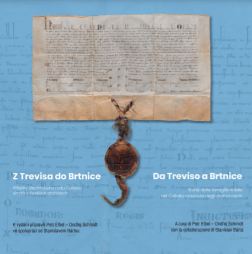
The exhibition “From Treviso to Brtnice” presents the fortunes of the Italian noble family of Collalto from the 10th century, when its ancestors became counts of Treviso, through the Late Middle Ages, when the dynasty's centre shifted to the rural lordships of Collalto and San Salvatore on the Piave River, to the Early Modern Age and the Collaltos’ success as condottieri on European battlefields. In 1623, Habsburg general Rambaldo XIII Collalto obtained the lordship of Brtnice, establishing a Moravian branch of the dynasty. The exhibition and catalogue present the family history through various documents preserved in the Moravian Provincial Archive in Brno and the State Regional Archive in Rokycany.
More...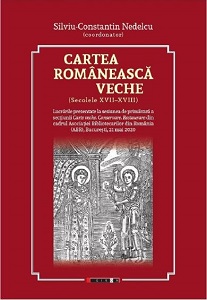
The Romanian Librarians Association (ABR) is the national professional body that brings together representatives of all types of libraries and which, through professional divisions and sections, supports the theoretical and practical development of librarianship and information sciences by studying the main scientific issues and by organizing meetings. periodic scientific meetings, exchanges of experience and good practices, while contributing to increasing the degree of standardization of specific activities at national level.The section „Old Book. Conservation. Restoration” is one of the 11 professional sections of ABR which, since its establishment, has managed to bring together specialists in the field of books and cultural heritage, from various institutions with a role in the process of protection and enhancement of cultural heritage, initiating and carrying out, during all this period, training and professional development programs, conferences, symposia, debates, workshops.Regardless of the names under which it has operated during the 30 years of activity “Conservation. Preservation. Restoration”; ”Old book. Conservation. Restoration. Digitization”; The section “Old book. Conservation. Restoration”, through the topics and issues debated in the workshops, scientific sessions, had significant contributions to raise awareness of the role of mobile cultural heritage in preserving national and local cultural identity and social cohesion.Annually, in two sessions, both in the spring and in the itinerant ABR Conferences, with massive participation and active involvement of book lovers, specialists in the field of conservation of cultural heritage, cultural and scientific personalities, central and local authorities , representatives of cultural and educational institutions, were presented numerous and important communications that touched on current issues, focusing on legislation to impose the best possible protection of the country's movable and immovable cultural heritage, as well as on the vulnerable aspects of libraries, respectively on finding alternative methods to remedy them. Of particular importance were the book launches that took place during the events of the section, and I would like to mention the volume Biblioteca Batthyaneum la sfârşitul secolului al XIX-lea. Cartea – catalog a lui Varjú Elemér, adnotată şi comentată (Biblioteca Batthyaneum at the end of the 19th century. Book - catalog of Varjú Elemér, annotated and commented), Bucureşti, Editura Bibliotecii Naţionale a României, 2014. Writing, annotation and afterword, Dr. Doina Hendre Biro; Cercetări privind aeromicroflora din mediile de bibliotecă: studii de caz privind analiza microbiologică a microaeroflorei din bibliotecă (Research on aeromicroflora in library environments: case studies on microbiological analysis of microaeroflora in the library), by Dr. eng. Vasile A. Deac, prof. Ionela Burz, eng. Alexandru Deac - Gheorghe Şincai County Library, Oradea; other bibliometric works, case studies, working procedures regarding the classification of documents, evaluation of patrimony documents, itinerary of objects.My professional career, as a specialist in librarianship and, especially, in the field of conservation of collections and movable heritage legislation, led me to lead this section from 2009 to 2019, so I was an active witness of the professional joy shared by the participants to the activities of this section, so special and valuable for the extension and permanence of national and international collaborations in order to protect and enhance the national documentary heritage.I feel extremely honored to be able to open the volume that brings together, under the coordination of my colleague and friend Ph.D Silviu-Constantin Nedelcu, the works presented at the spring session of the section „Old Book. Conservation. Restoration”, within the Association of Romanian Librarians (ABR), held in Bucharest, on May 21, 2020, with the theme "The old Romanian book (XVII-XVIII centuries)”.The volume Cartea românească veche (Sec. XVII-XVIII) (Cartea românească veche (Sec. XVII-XVIII)), the first of the section „Old Book. Conservation. Restoration”, is the result of the collaboration of specialists from various info-documentary institutions. Long awaited by our guild, it is, along with other notable publications published by ABR, on the main axis of information and documentation sciences, being a landmark for issues related to the history of books and printing, preservation and restoration of documents in libraries from Romania, models of good practices, old and rare book funds, documentary archives, existing publications in the monastic patrimony, the patrimony of the ecclesiastical libraries and the importance of annotations and notes on the old book in deciphering the local history. Also, current topics are treated on the issue of old book procurement, in accordance with the legislation on public procurement and European directives in the field, the status of documents and special collections, etc.The ontology and the complex issues addressed in the volume emphasize the role of the library in the process of research, conservation and enhancement of the national cultural heritage and the need to harmonize the main and secondary legislation applicable in libraries, in all its components.The theme of the volume leaves open the way to both theoretical and practical approaches, current and in resonance with technological developments and changes in the social and cultural paradigm in relation to the patrimonial potential held. Reading this volume, we will discover, in rigorously scientifically documented articles, information and valuable elements on conceptual, theoretical and practical aspects of the field, adapted to the receptive requirements of the specialized reader.Ph.D c Petruța-Mihaela VOICUPresident of the University and Specialized Libraries DivisionVice President of ABRHead of References Service"Carol I" Central University Library
More...
Curchi Monastery, founded in 1773 by Iordache Curchi, had one of the richest libraries, consisting of old documents, manuscripts and printed books. The first evidence of the existence of a library at Curchi Monastery dates back to the 18th century, when the monastery was run by Manasie, the brother of its first founder. Other information about the monastery library dates back to 1814 when Theodosie Sabau, another founder of the monastery, died. The monks gathered in Curchi an appreciable number of books, used in the officiating of the divine services and at the school established at the beginning of the 19th century next to the monastery. In the interwar period, the library had about 4,000 books and documents, which disappeared during the Soviet rule. Only a small number of books have been identified in libraries in Chisinau.
More...
Episcopal, monastic and church libraries shelter thousands of religious books in which donors, hierarchs, priests and teachers recorded the events they thought were most important. We intend to present some of the notes from the researched books from the Episcopal Museum of Huși and those from the libraries of the Secu and Neamț monasteries that provide various information of an institutional, political, social, ecclesiastical, genealogical character or concerning the natural calamities. Our references go especially to the past of the Husi Diocese and of the localities under its jurisdiction.
More...
The article aims at presenting the illustration of the Old Romanian Book collection from the patrimony of the Library of the Romanian Academy, from the 18th century, found in books published in Wallachia. The approach has an interdisciplinary character that involves fields such as history, book history and fine arts (wood engraving). The study presents a selection of illustrations from representative books in the patrimony of the Library of the Romanian Academy from the 18th century, resulting in the iconographic description and identification of the connection between the image and the biblical message. The presentation of the woodcuts is based on the research undertaken in order to support the doctoral thesis.
More...
In the old book fund at Bogdana Monastery (Bacău county), in the process of cataloguing, among many bibliophilic curiosities, there is a copy that we consider to be a typographic forgery. The tile page indicates that it is an Antologhion printed at Râmnic, in 1737, but it is not identical to the Antologhion from Râmnic known from that year (BRV II 215). Inside it, after the title, it continues with Minologhionul from Blaj, since 1781 (BRV II 448). We consulted the catalogues available, including the monography of the printing house (Gabriela Mircea) and we found no mention of it. The careful analysis of the two title pages (the fake and the genuine one) from a historic and bibliographic point of view, led us to identify another typographic forgery in Blaj.
More...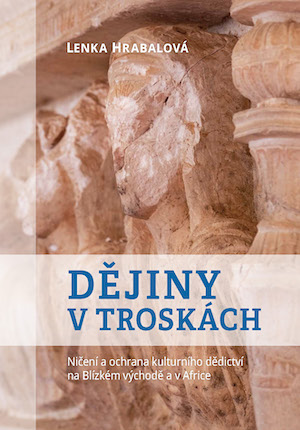
This publication deals with various factors which influence destructions and reconstructions of cultural heritage in the Middle East and North Africa. The destruction of cultural property in the Middle East and North Africa cannot be characterized as purely religious but must be seen in the context of a number of reasons, which may be related to propaganda, strategic and military reasons, or political and ethnic issues. At the same time, it must be borne in mind that jihadist groups are not the only ones that kill cultural and historical objects worth. Book is divided into three main parts. The first is a general introduction to the relevant legislation and its implementation. The second part examines the reasons for destruction and main ideas in reconstructions. It presents two types of destructions present in the region: those motivated by the religion and secular ones, explaining its existence in the Muslim society from historical, sociological, and religious perspectives. The third part is the central part of the dissertation. It consists of five case studies of five countries of the Muslim World: Syria, Iraq, Mali, Yemen, and Saudi Arabia. These studies are based on previous findings and aim to present a foundation for further comparison in the conclusion of the publication.
More...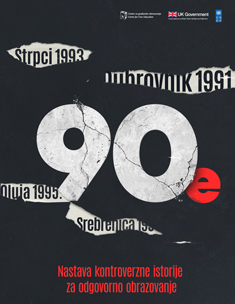
Više od dvije decenije nakon završetka konflikta na prostoru bivše Jugoslavije, u crnogorskom društvu, ali i obrazovnom sistemu, i dalje postoji određeni otklon ka redovnom i detaljnom predavanju ovih tema. Iako su lekcije koje govore o periodu 1991-2001. zastupljene u našem obrazovnom sistemu, već duže od deceniju, istraživanja sprovedena kod svršenih srednjoškolaca/ki, ali i nastavnika/ca, ukazuju da se o ovim temama ili ne predaje ili da se predaju samo osnovne informacije.
More...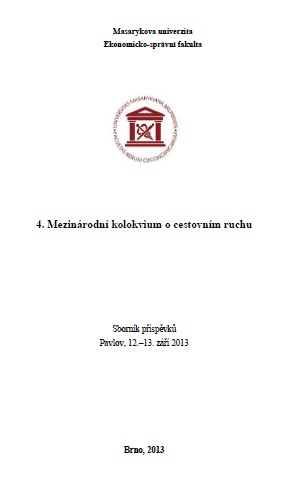
Proceedings are the output of the 4th International colloquium on tourism that was focused on the current issues in tourism. The major concentration is on research questions covering tourism and research topics.
More...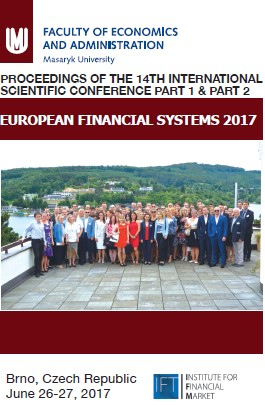
This paper deals with a comparative analysis of the relative efficiency of museums founded by the central authorities in the Czech and Slovak Republics. Through the DEA method, we evaluate data for all 22 Czech and 42 Slovak institutions for 2015. For these purposes, we chose a group of indicators that are available in both countries and where museums have a duty to report. For inputs, there are the founder’s contributions and the number of employees. For outputs, there are the number of visitors, the number of exhibitions and expositions. The results revealed the differences between the Czech and Slovak institutions, which relied especially on the use of inputs and potential to achieve returns of scale.
More...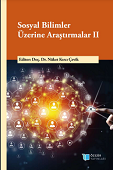
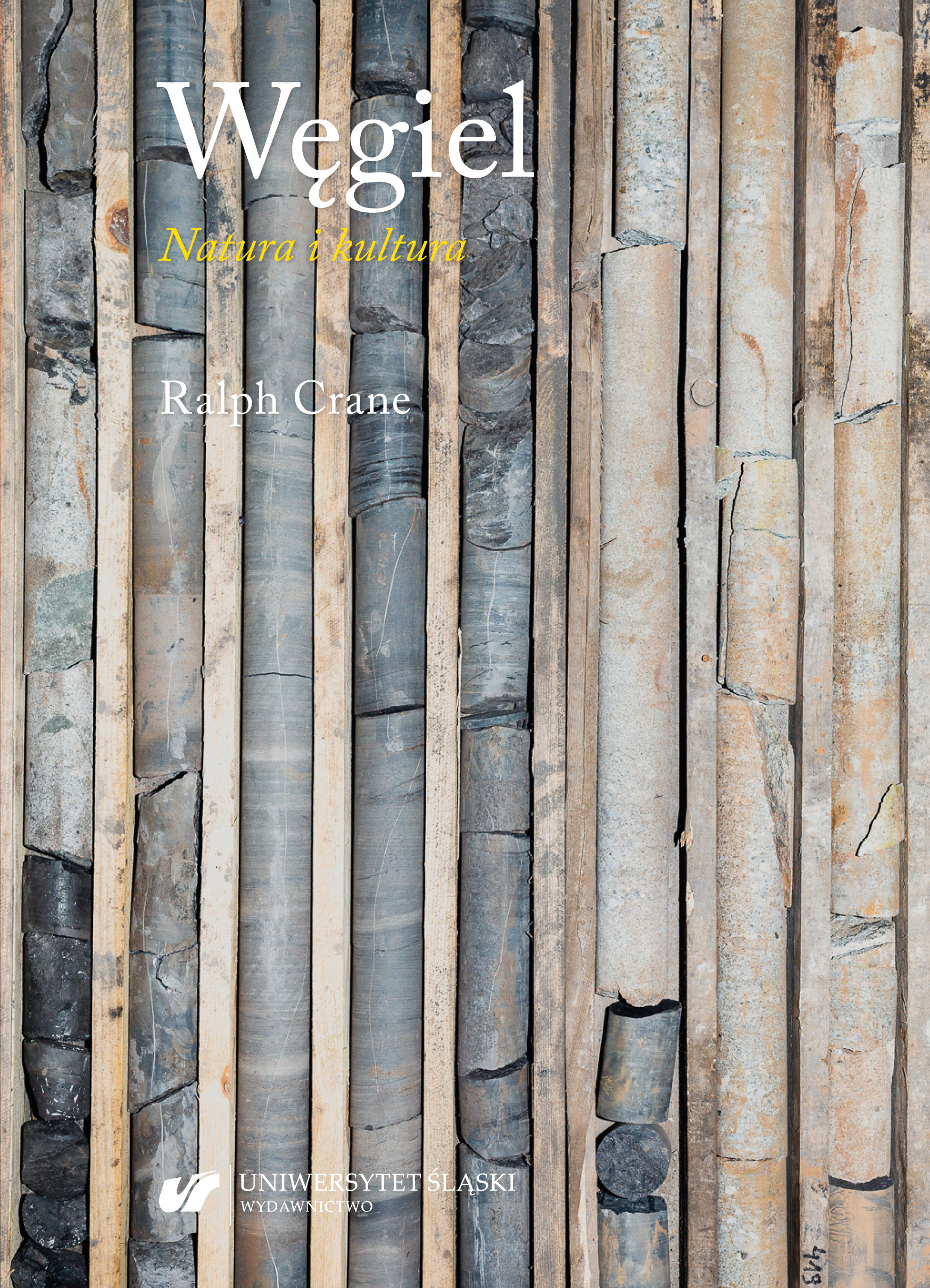
While concerns about climate change have focused negative attention on the coal industry in recent years, as descendants of the Industrial Revolution we have all benefited from the mining of the black seam. Coal has influenced significantly the course of human history and our social and natural environments. This book explores coal’s industrial history and the extraordinary artistic responses to coal – in the works of numerous writers, including Zola, Lawrence and Orwell, to the way it inspired painters such as Turner, Monet and Van Gogh, and its place in film, song and folklore – as well as the surprising allure of coal tourism. This strikingly illustrated book provides an engaging and informative insight into the myriad ways coal has affected our lives.
More...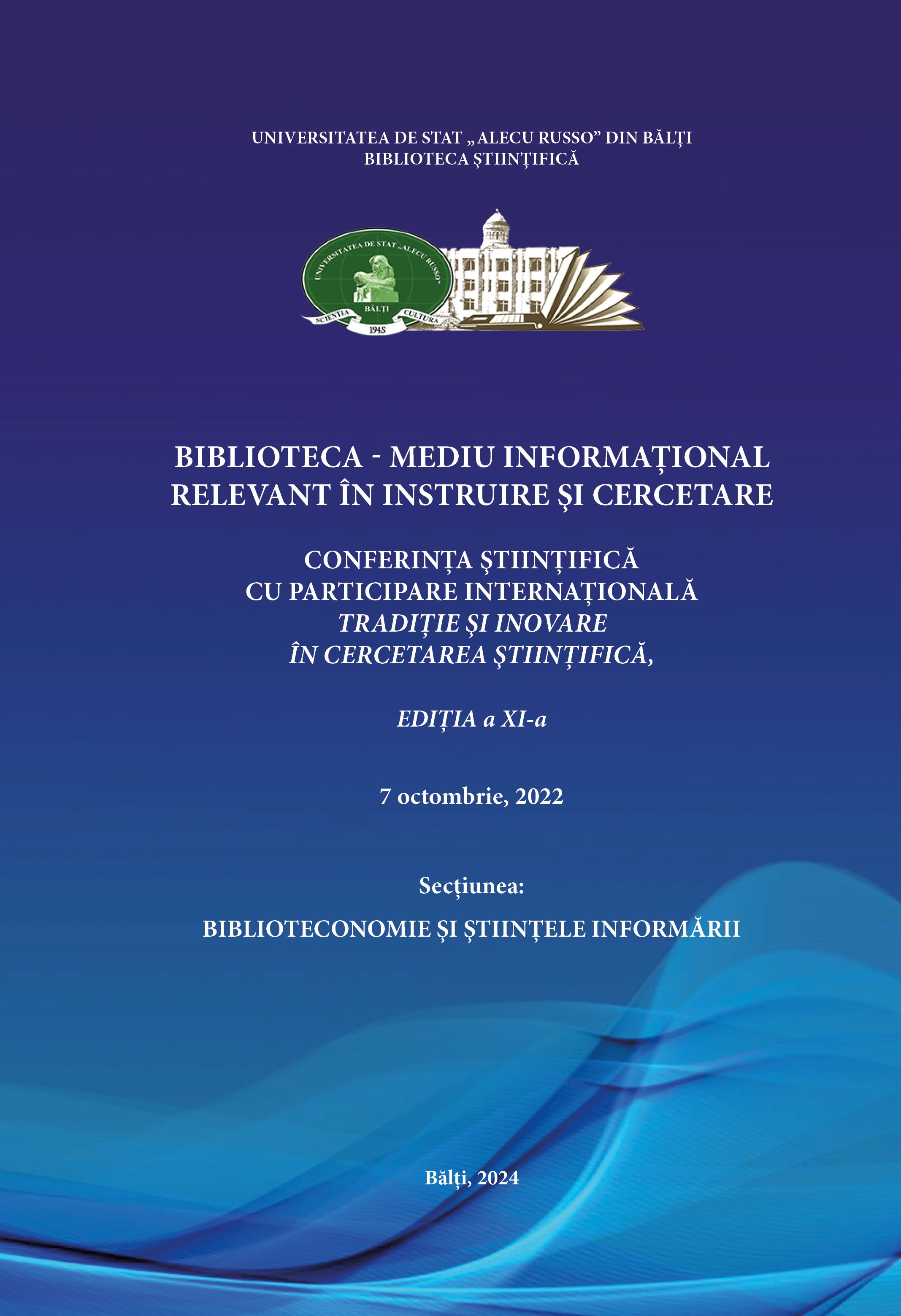
The volume includes the materials of the scientific conference "Tradition and innovation in scientific research", the 11th Edition, which took place on October 7, 2022, in the premises of the Scientific Library of the State University "Alecu Russo" from Bălţi with the participation of BŞ librarians of USARB and guests from other libraries in the country.
More...